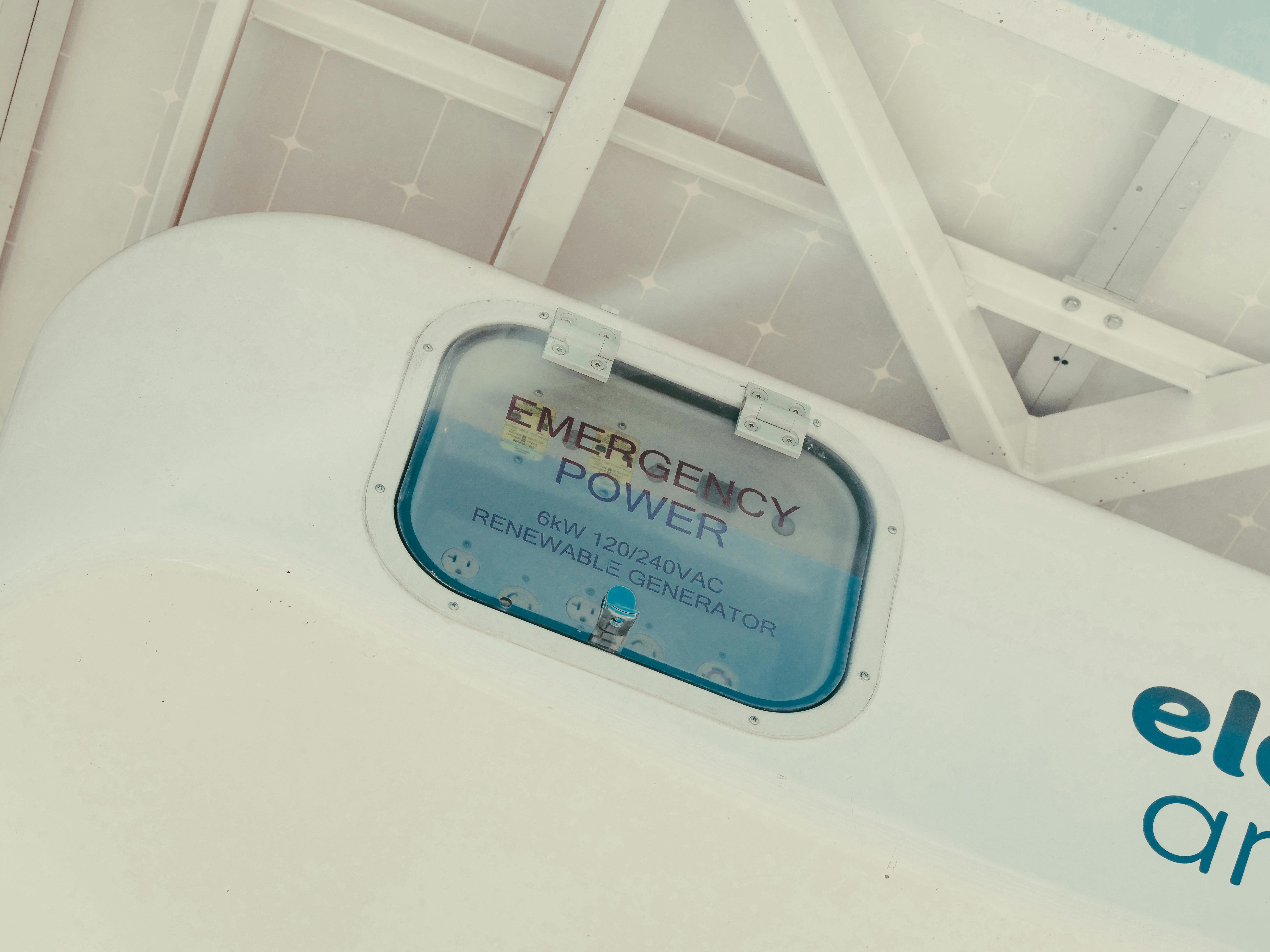Home Power Generators: Essential Guide for Backup Solutions
Power generators serve as a crucial lifeline during electrical outages, providing essential energy to keep homes functioning when the grid fails. These devices convert mechanical energy into electrical power through combustion engines, inverter technology, or renewable sources like solar. Selecting the right generator depends on specific power needs, installation requirements, and budget constraints. With increasing weather-related outages across the country, homeowners are increasingly viewing generators as necessity rather than luxury investments for maintaining comfort, safety, and continuity during unexpected power losses.

Power outages can strike without warning, leaving families without electricity for hours or even days. Whether caused by severe weather, equipment failure, or grid overload, these disruptions affect millions of Americans annually. Understanding your options for backup power helps you make informed decisions that protect your family’s comfort, safety, and essential needs during emergencies.
Choosing the Best Generator for Home Backup Power
Selecting the right generator requires careful consideration of your household’s power requirements. Start by calculating your essential electrical load, including refrigerators, heating or cooling systems, medical equipment, lighting, and communication devices. Portable generators typically range from 3,000 to 8,500 watts and offer flexibility for temporary power needs. Standby generators, which are permanently installed, provide 7,000 to 20,000 watts or more and automatically activate when power fails. Consider fuel type as well: gasoline generators are widely available but require frequent refueling, while natural gas and propane models connect to existing fuel lines for extended operation. Diesel generators offer excellent fuel efficiency and longevity. Your choice should balance power capacity, fuel availability, runtime requirements, and budget constraints to ensure adequate coverage during outages.
Professional Generator Installation Service Considerations
While portable generators simply require proper placement and connection, standby generators demand professional installation to ensure safety and compliance with local codes. Licensed electricians and certified generator installers handle the complex work of integrating backup systems with your home’s electrical panel through transfer switches. These switches prevent dangerous backfeeding into utility lines while enabling seamless power transition. Professional installers assess your property for optimal generator placement, considering ventilation requirements, noise levels, and fuel line connections. They obtain necessary permits, ensure proper grounding, and verify that installations meet National Electrical Code standards. When selecting an installation service, verify licensing and insurance, request references from previous customers, and obtain detailed written estimates. Quality installation prevents costly repairs, ensures warranty coverage, and most importantly, protects your family from electrical hazards and carbon monoxide risks.
Understanding Standby Generator for Home Cost Factors
Investing in a home standby generator involves multiple cost considerations beyond the unit itself. Equipment prices vary significantly based on capacity and features, while installation expenses depend on complexity and local labor rates. Understanding these factors helps you budget appropriately and avoid unexpected expenses.
| Generator Type | Power Capacity | Equipment Cost Estimation | Installation Cost Estimation | Total Investment Range |
|---|---|---|---|---|
| Portable Generator | 3,000-8,500 watts | $400-$1,500 | $0-$500 (DIY or minimal setup) | $400-$2,000 |
| Standby Generator (Air-Cooled) | 7,000-15,000 watts | $2,000-$5,000 | $1,500-$4,000 | $3,500-$9,000 |
| Standby Generator (Liquid-Cooled) | 15,000-48,000 watts | $5,000-$15,000 | $3,000-$7,000 | $8,000-$22,000 |
Prices, rates, or cost estimates mentioned in this article are based on the latest available information but may change over time. Independent research is advised before making financial decisions.
Additional expenses include transfer switch installation, concrete pads or mounting platforms, fuel line extensions, electrical panel upgrades, and ongoing maintenance contracts. Many homeowners find that investing in professional installation and quality equipment pays dividends through reliability and reduced long-term maintenance costs.
Preparing for a Generator for Power Outage Scenarios
Effective emergency preparedness extends beyond simply owning a generator. Create a comprehensive power outage plan that identifies which circuits and appliances your generator will support. Prioritize essential loads like refrigeration, heating or cooling, medical equipment, and communication devices. Store adequate fuel supplies in approved containers, rotating stock regularly to maintain freshness. Keep generators at least 20 feet from windows, doors, and vents to prevent carbon monoxide infiltration. Never operate generators indoors or in enclosed spaces. Establish a startup checklist that includes checking oil levels, fuel supply, battery charge, and connections before operation. Test your generator monthly under load to ensure readiness, and consider scheduling tests during actual power interruptions when safe to do so. Stock emergency supplies including flashlights, batteries, first aid kits, and non-perishable food. Inform family members about generator operation procedures and safety protocols so everyone understands their role during outages.
Generator Safety and Maintenance Requirements
Proper maintenance and safety practices ensure your generator operates reliably when needed most while protecting your family from hazards. Change oil according to manufacturer recommendations, typically after the first 20-30 hours of operation and every 100 hours thereafter. Replace air filters regularly, especially in dusty environments. Inspect spark plugs annually and replace as needed. For standby generators, schedule professional maintenance at least once yearly to check battery condition, coolant levels, fuel systems, and electrical connections. Clean exterior surfaces and ensure adequate ventilation around the unit. Never refuel while the generator is running or hot. Install battery-powered carbon monoxide detectors in your home and test them monthly. Use heavy-duty, outdoor-rated extension cords with adequate gauge ratings for connected appliances. Protect generators from weather exposure with appropriate covers designed for ventilation. Keep a maintenance log documenting service dates, oil changes, and any repairs. Following these practices maximizes equipment lifespan, ensures reliable operation, and prevents dangerous situations that could endanger your household.
Making the Right Choice for Your Home
Home backup power solutions represent significant investments that provide invaluable security during emergencies. By carefully assessing your power needs, understanding installation requirements, budgeting for total costs, preparing comprehensive emergency plans, and committing to regular maintenance, you ensure your generator system delivers reliable performance when you need it most. Whether you choose a portable unit for occasional use or a whole-house standby system for comprehensive coverage, proper planning and professional guidance help you select the solution that best protects your family and property during power disruptions.




